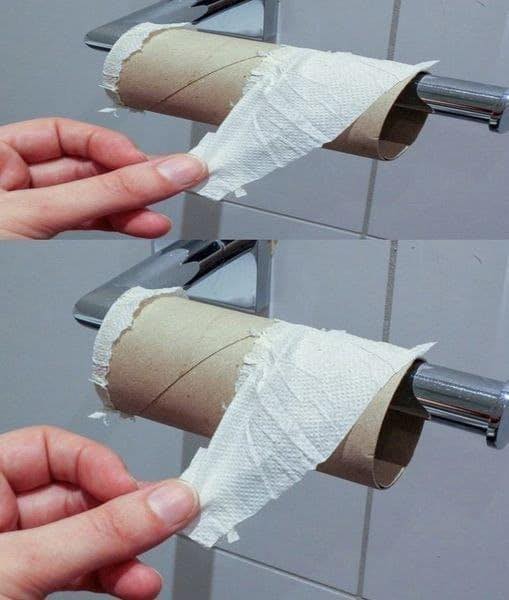ADVERTISEMENT
**Toilet Paper Will Soon Disappear: Find Out What It Will Be Replaced By**
For decades, toilet paper has been an essential household item, but could it soon disappear? As concerns about environmental sustainability and resource consumption increase, more and more alternatives are emerging that could eventually replace traditional toilet paper. Whether it’s due to climate change, rising costs, or innovations in hygiene technology, the future of personal hygiene might look vastly different from the paper-based systems we rely on today.
In this article, we’ll explore the potential reasons behind the decline of toilet paper, the alternatives that are currently being explored, and what the future of sanitation could look like. By the end, you’ll have a better understanding of why toilet paper may be on its way out and what could replace it in the near future.
### The Problem with Toilet Paper: Why It Might Disappear
Before we dive into the alternatives to toilet paper, it’s essential to understand why it might disappear in the first place. Toilet paper, while indispensable in modern life, has several significant drawbacks that are causing people to rethink its continued use.
#### 1. **Environmental Impact**
One of the biggest reasons why toilet paper might soon disappear is its environmental impact. Toilet paper production requires significant resources, including trees, water, and energy. Here are some of the main environmental concerns:
– **Deforestation**: Toilet paper is made from wood pulp, which means that trees are cut down to produce it. According to the World Wildlife Fund (WWF), over 27,000 trees are cut down every day to produce toilet paper for the global market. Much of this paper comes from forests that are not sustainably managed, contributing to deforestation and the destruction of vital ecosystems.
– **Water and Energy Consumption**: The process of turning wood pulp into toilet paper involves high water and energy usage. It takes approximately 37 gallons of water to produce a single roll of toilet paper. Additionally, manufacturing toilet paper is an energy-intensive process that contributes to carbon emissions.
– **Waste**: The environmental impact doesn’t end with production. After toilet paper is used, it becomes waste that ends up in landfills. Toilet paper is biodegradable, but it still contributes to the massive amount of waste produced globally. In many cases, it’s flushed down toilets, adding to the strain on sewage systems and water treatment plants.
#### 2. **Cost of Toilet Paper**
Toilet paper can be expensive, particularly in areas where it’s a necessity. The average American household spends approximately $100 a year on toilet paper. In times of economic downturn, shortages, or inflation, the cost of toilet paper can increase dramatically. Additionally, there are concerns about the rising costs of raw materials like wood and the environmental toll of their extraction.
#### 3. **Sustainability Issues**
As the global population grows, so does the demand for toilet paper. With more people using it daily, the need for paper production grows exponentially, exacerbating environmental concerns. This makes sustainability increasingly difficult to maintain in the long term.
4. **Convenience and Hygiene**
While toilet paper is widely regarded as a convenient and effective means of personal hygiene, some people argue that it isn’t the most hygienic option. Toilet paper can be rough on the skin and does not always remove all the debris. Furthermore, it can leave residue behind that causes irritation. This has led to the search for alternative solutions that are not only environmentally friendly but also more hygienic.
For Complete Cooking STEPS Please Head On Over To Next Page Or Open button (>) and don’t forget to SHARE with your Facebook friends
ADVERTISEMENT
ADVERTISEMENT
